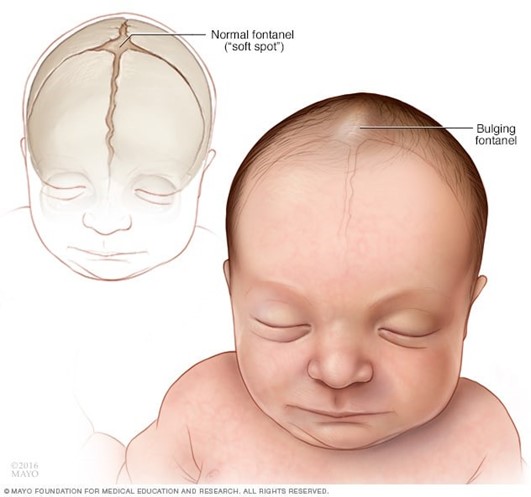A nurse is assessing a child and notes several bruises. Which of the following actions should the nurse take?
Ask a psychiatrist to talk with the parents.
Separate the child from the parents.
Report the suspected abuse to the authorities.
Obtain a detailed history.
The Correct Answer is D
a. While involving mental health professionals can be part of a broader intervention plan, it is not the immediate priority in cases of suspected abuse. The nurse must first address the immediate safety concerns and follow the required reporting procedures.
b. Separating the child from the parents without proper authority or immediate threat can escalate the situation and may not be legally permissible. This action should be taken by authorities with the legal power to do so if deemed necessary.
c. Nurses are mandated reporters, which means they are legally required to report any suspected child abuse to the appropriate authorities immediately. This action ensures that the child’s safety is prioritized and that a proper investigation can be initiated however, obtaining a detailed history is the priority.
d. When a nurse observes several bruises on a child, the initial action should be to obtain a detailed history. This step allows the nurse to gather information about the circumstances surrounding the bruises, assess for any potential signs of abuse, and determine the most appropriate course of action.
Nursing Test Bank
Naxlex Comprehensive Predictor Exams
Related Questions
Correct Answer is C
Explanation
A bulging fontanel is a manifestation associated with a CNS infection in an 11- month-old infant.
A bulging fontanel can be a sign of increased intracranial pressure, which can
occur with meningitis or encephalitis, both of which are types of CNS infections.
Choice A is incorrect because oliguria, or decreased urine output, is not typically associated with a CNS infection.
Choice B is incorrect because jaundice, or yellowing of the skin and eyes, is not typically associated with a CNS infection.
Choice D is incorrect because a negative Brudzinski sign would indicate that there is no neck stiffness, which would be an unlikely finding in a CNS infection.

Correct Answer is B
Explanation
The correct answer is choiceb. Firmly attached white particles on the hair.
Choice A rationale:
Itching and scratching of the head are common symptoms of pediculosis capitis, but they are not definitive indicators. Itching can be caused by various other conditions such as dandruff or allergies.
Choice B rationale:
Firmly attached white particles on the hair, known as nits, are a definitive sign of pediculosis capitis.Nits are lice eggs that stick to the hair shafts and are difficult to remove.
Choice C rationale:
Thick yellow crusted lesions on a red base are more indicative of impetigo, a bacterial skin infection, rather than pediculosis capitis.
Choice D rationale:
Patchy areas of hair loss are typically associated with conditions like alopecia areata or fungal infections such as tinea capitis, not pediculosis capitis.
Whether you are a student looking to ace your exams or a practicing nurse seeking to enhance your expertise , our nursing education contents will empower you with the confidence and competence to make a difference in the lives of patients and become a respected leader in the healthcare field.
Visit Naxlex, invest in your future and unlock endless possibilities with our unparalleled nursing education contents today
Report Wrong Answer on the Current Question
Do you disagree with the answer? If yes, what is your expected answer? Explain.
Kindly be descriptive with the issue you are facing.
